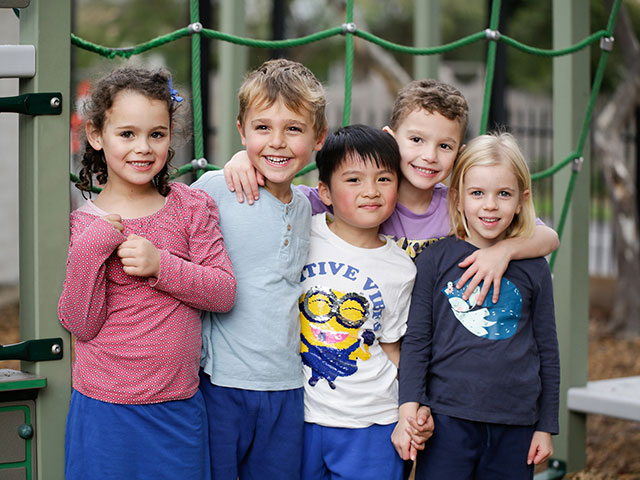Integral for Learning
At APS we recognise and value wellbeing and see it as an integral part of our teaching and learning program. Each week students explore aspects of wellbeing through a structured approach which places wellbeing alongside other key learning areas.
All students participate in weekly Wellbeing lessons that explore the key concepts and ideas that underpin our whole school philosophy.
- The 4Rs Program – Rights, Resilience and Respectful Relationships teaching and learning resources support the personal and social capability curriculum.
- Circle Time – The opportunity to apply learning and respond to situations from our daily lives.
In addition to timetabled lessons, students also participate in a range of other wellbeing initiatives.
- Start-Up Program – establishing relationships, class agreements, building teamwork and cooperation at the beginning of each year.
- School Values Program – Explicitly teaching and modelling the APS Values.
- Leisure & Pleasure Time – Learning activities that focus upon students connecting with each other and their own wellbeing.
- Days of Significance – International Women’s Day, Harmony Day, National Day of Action Against Bullying and Violence, First Nations Day.
Our school aims to be a safe, engaging and caring environment where children experience success. Alphington Primary School promotes positive behaviours throughout our school community and fosters a sense of belonging, safety and self-esteem.

House System - School Connectedness
With the purpose of building a sense of connectedness across the school, the APS House System was established in 2020 by the Year 6 Student Leadership Team.
More ›

Student Leadership
Being on the Year 6 Student Leadership Team is an important, highly valued and respected role that many students aspire to.
More ›

Agents for Learning
Our school Agents for Learning are Student Voice, Student Agency, Learner Dispositions and the Learning Pit.
More ›

Transitions
Ensuring children make a safe and happy transition from their early years education to the primary school environment and then on to secondary education.
More ›



